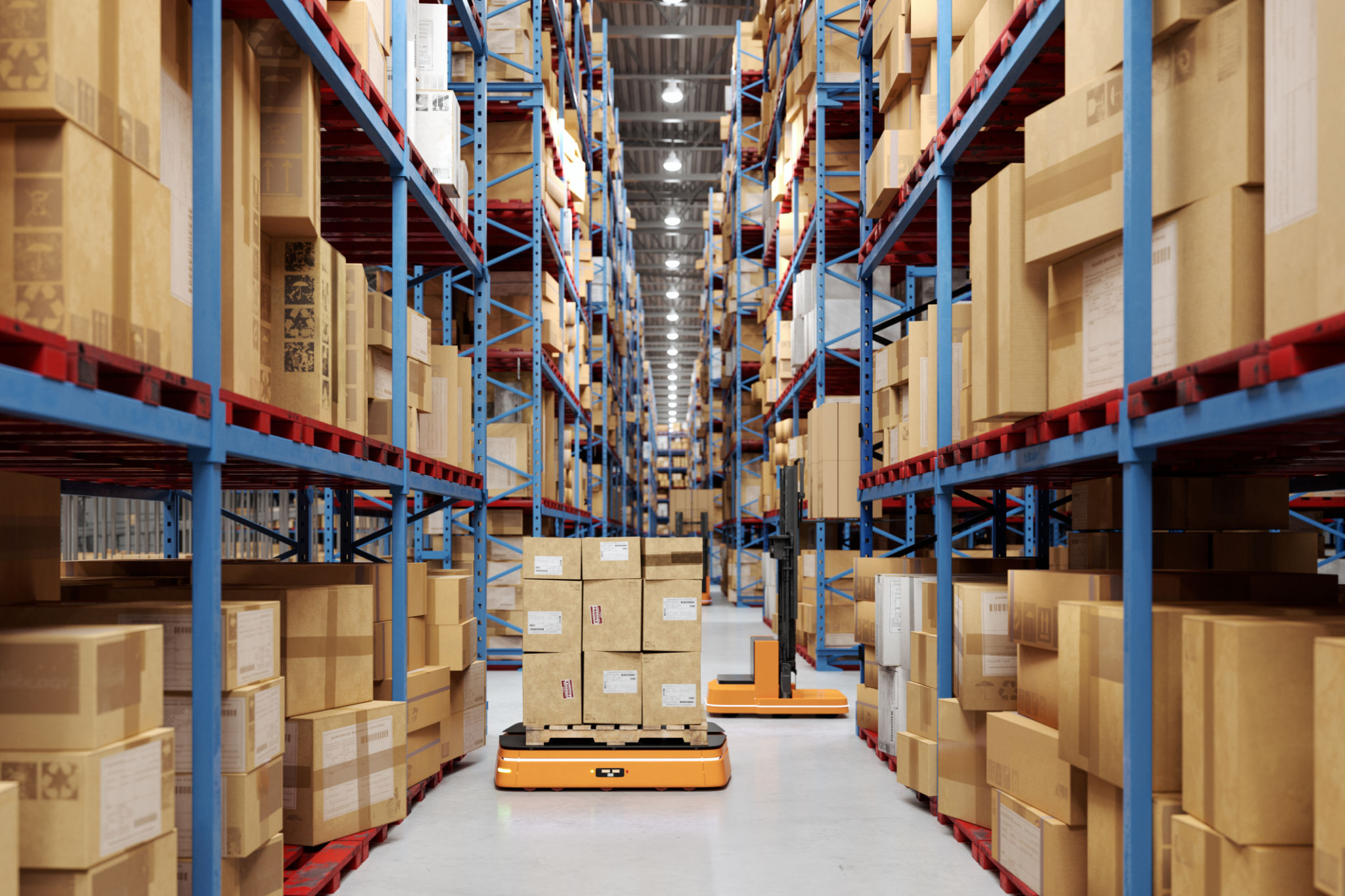Emerging Tech Trends in Industrial Equipment Design: A Comprehensive Guide
JM
Introduction to Emerging Technologies
The industrial equipment sector is undergoing a significant transformation, driven by the rapid advancement of technology. From automation to artificial intelligence, these innovations are reshaping how equipment is designed and utilized. Understanding these emerging tech trends is crucial for businesses aiming to stay competitive and efficient.

Automation and Robotics
One of the most prominent trends in industrial equipment design is the integration of automation and robotics. Automated systems are now capable of performing complex tasks with precision and speed, reducing the need for human intervention. This not only enhances productivity but also minimizes errors and operational costs.
Benefits of Automation
Automation brings several advantages, such as increased efficiency, improved safety, and the ability to operate in hazardous environments. For instance, robotic arms in manufacturing can handle repetitive tasks tirelessly, allowing human workers to focus on more strategic roles. These benefits contribute to a more streamlined and cost-effective production process.

Artificial Intelligence and Machine Learning
Artificial intelligence (AI) and machine learning (ML) are revolutionizing the design and functionality of industrial equipment. These technologies enable machines to learn from data, adapt to new conditions, and optimize operations without explicit programming. As a result, equipment can become more self-sufficient and intelligent over time.
Applications of AI in Equipment Design
AI is used in predictive maintenance, where it analyzes data to predict equipment failures before they occur. This proactive approach reduces downtime and extends machine lifespan. Additionally, AI-driven analytics provide insights into performance metrics, helping businesses make informed decisions about equipment upgrades and resource allocation.

Internet of Things (IoT)
The Internet of Things (IoT) is another transformative force in industrial equipment design. By connecting devices and machinery through the internet, IoT enables real-time monitoring and data exchange. This connectivity enhances operational transparency and allows for more efficient asset management.
IoT in Action
IoT applications include smart sensors that monitor equipment health and environmental conditions. These sensors collect data that can be analyzed to improve operational efficiency and reduce energy consumption. The real-time insights provided by IoT systems help businesses optimize their processes and achieve sustainability goals.

3D Printing and Additive Manufacturing
3D printing, or additive manufacturing, is transforming the way industrial equipment is designed and produced. This technology allows for the creation of complex geometries that would be difficult or impossible to achieve with traditional manufacturing methods. It also enables rapid prototyping and customization, reducing the time and cost of product development.
Impact on Equipment Design
With 3D printing, manufacturers can produce lightweight components that maintain strength and durability. This is particularly beneficial in industries where reducing weight can lead to significant energy savings. Additionally, 3D printing supports on-demand production, minimizing inventory costs and lead times.

Conclusion
The integration of these emerging technologies in industrial equipment design is paving the way for a future where efficiency, adaptability, and sustainability are at the forefront. By embracing automation, AI, IoT, and 3D printing, businesses can enhance their operational capabilities and maintain a competitive edge in today's fast-evolving market. Staying informed about these trends is essential for those looking to innovate and thrive in the industrial sector.
